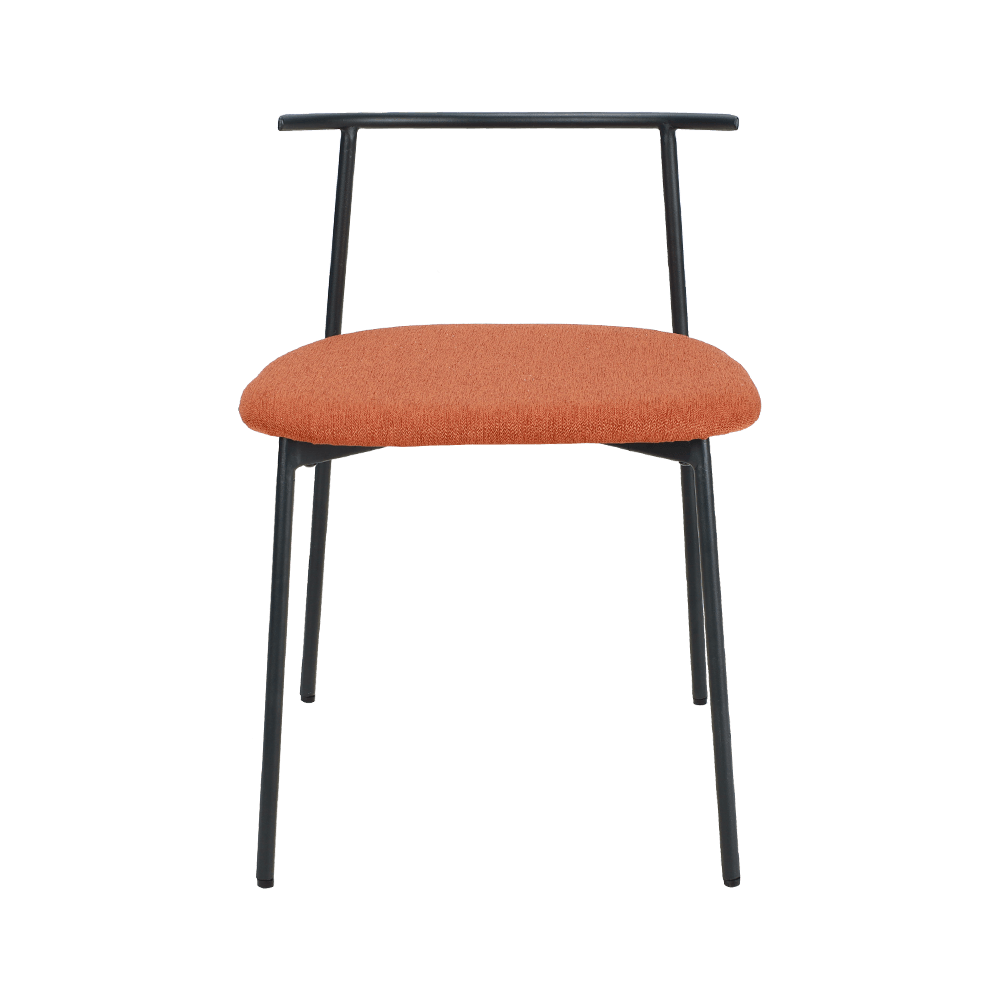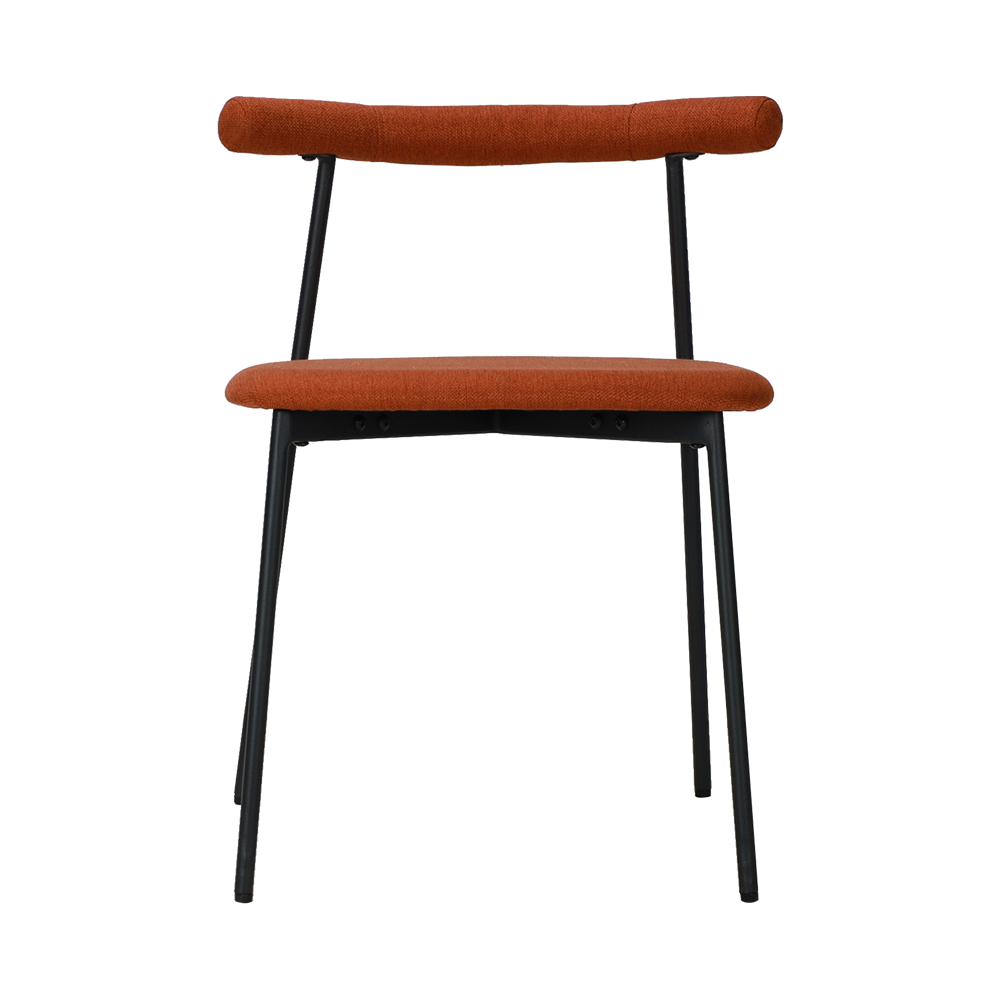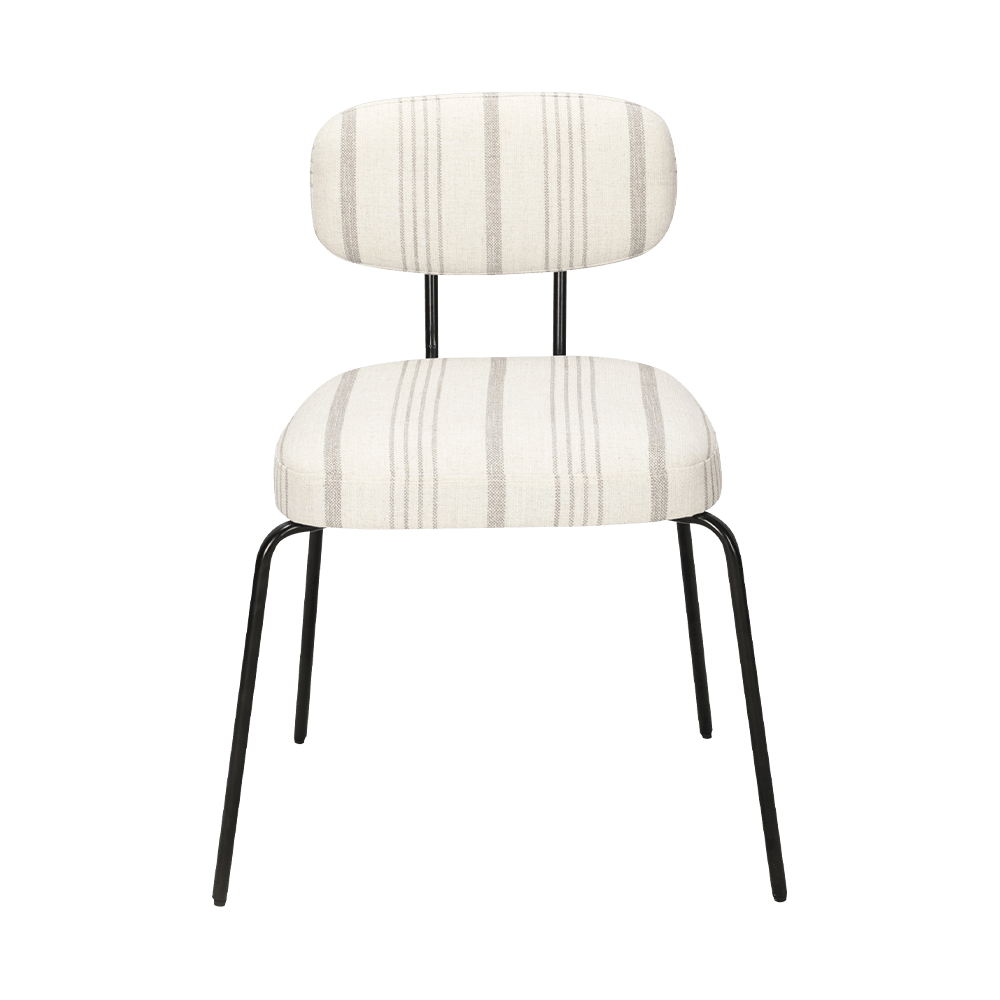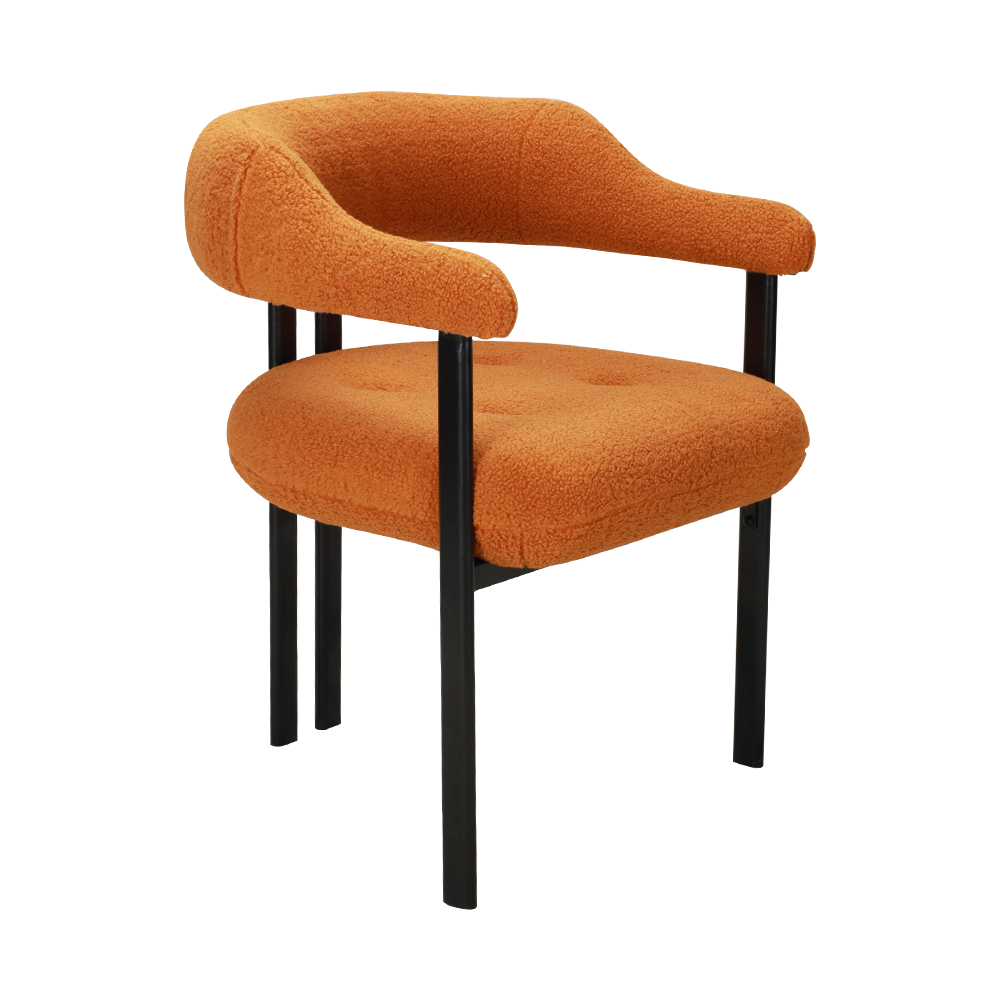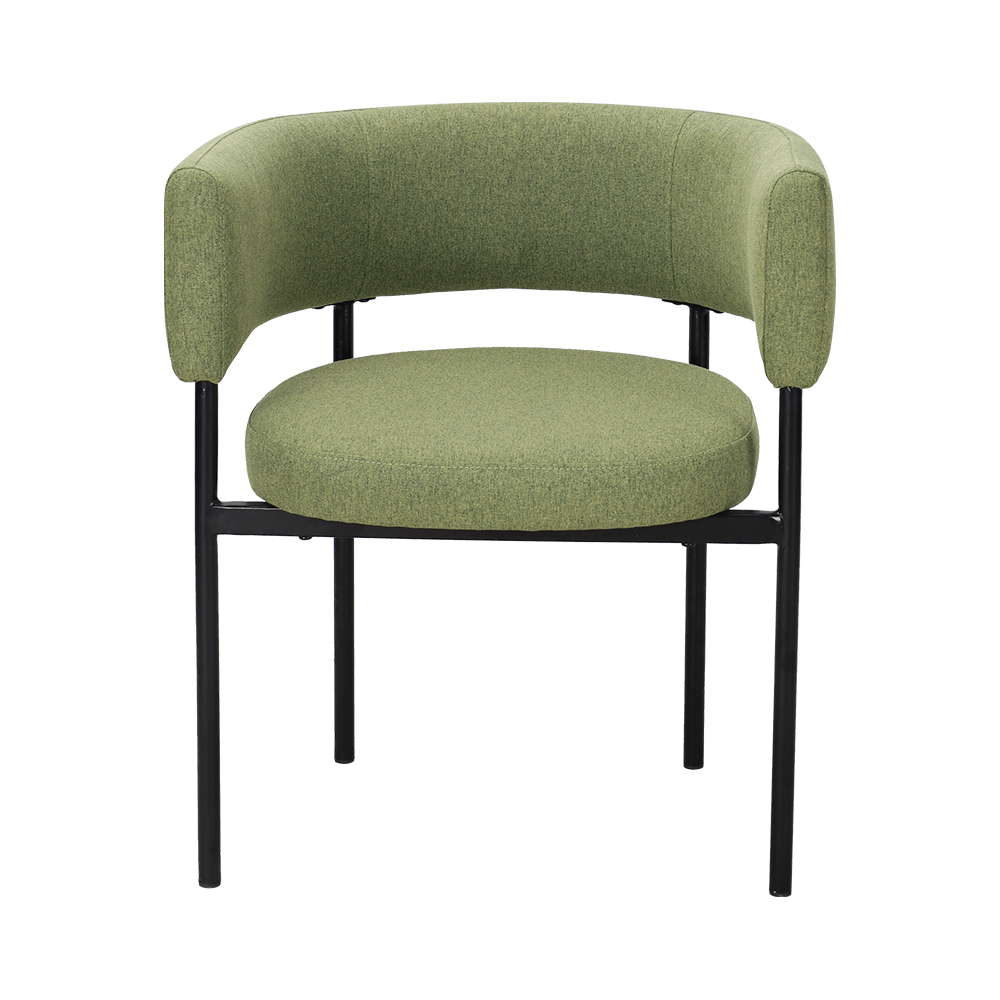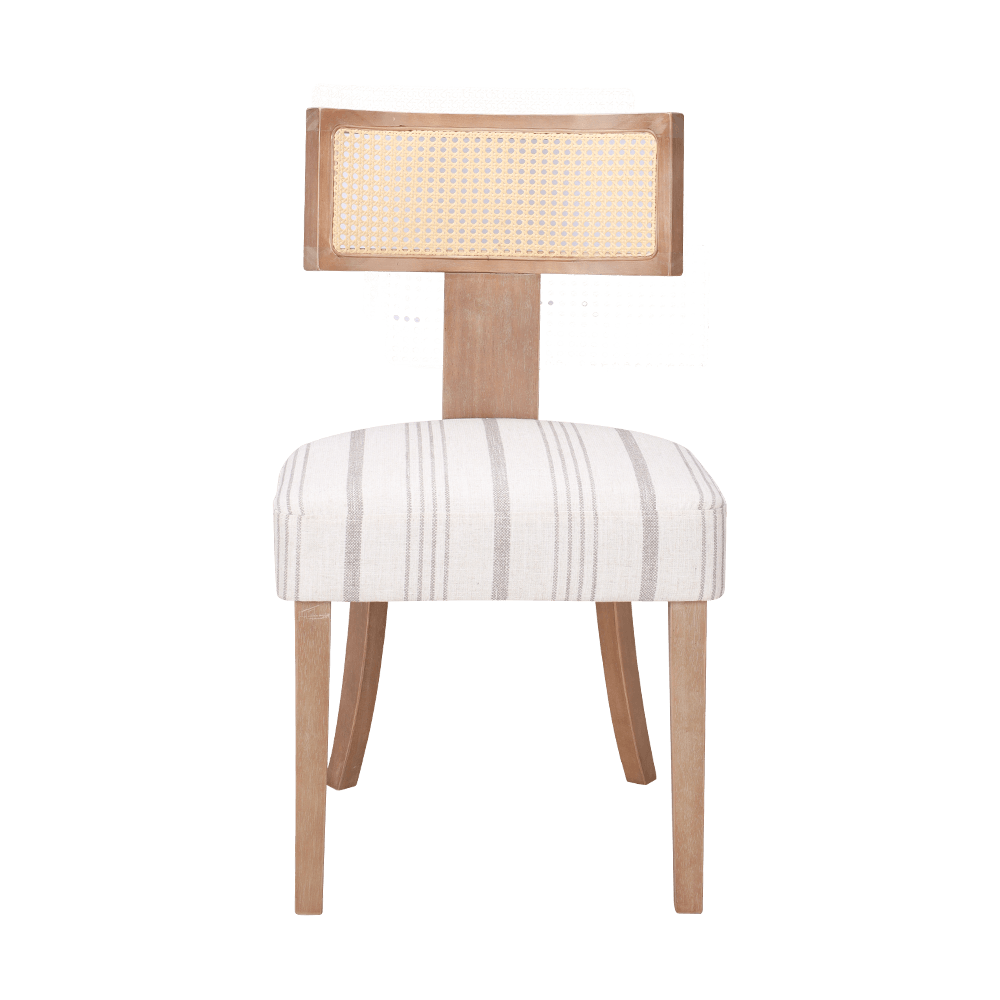Why are solid wood dining chairs often heavier than other types, and what are the benefits of that?
Posted by Zhejiang Wanchang Furniture Co., Ltd.
Solid wood dining chairs are often noticeably heavier than their counterparts made from engineered wood, plastic, or metal composites. This difference in weight is not accidental—it reflects the material’s physical density and structural composition. The weight of solid wood is directly tied to its organic, unprocessed nature, and this heaviness is often seen as a hallmark of durability and craftsmanship. Understanding why solid wood chairs are heavier, and what practical benefits this weight offers, can help consumers make informed choices when selecting furniture for their homes.
The primary reason for the added weight of solid wood dining chairs lies in the natural density of the wood. Unlike plywood or medium-density fiberboard (MDF), which are engineered from wood fibers or particles bound with resins, solid wood is milled directly from logs and retains its full, compact cell structure. This means that every cubic inch of solid wood contains more material mass than the same volume of engineered wood or hollow-frame plastic. Woods like oak, maple, walnut, and beech—all commonly used in high-quality dining chairs—are especially dense and contribute significantly to the chair’s overall weight.
Another contributing factor is that solid wood chairs are generally made with thicker and more substantial components. Legs, backs, and seat frames are cut from single, solid sections of timber rather than thinner panels or tubes. This robust construction not only adds to the physical weight but also enhances the chair's structural integrity. For example, a solid wood leg won’t bend or collapse under pressure the way a thin metal tube might over time.
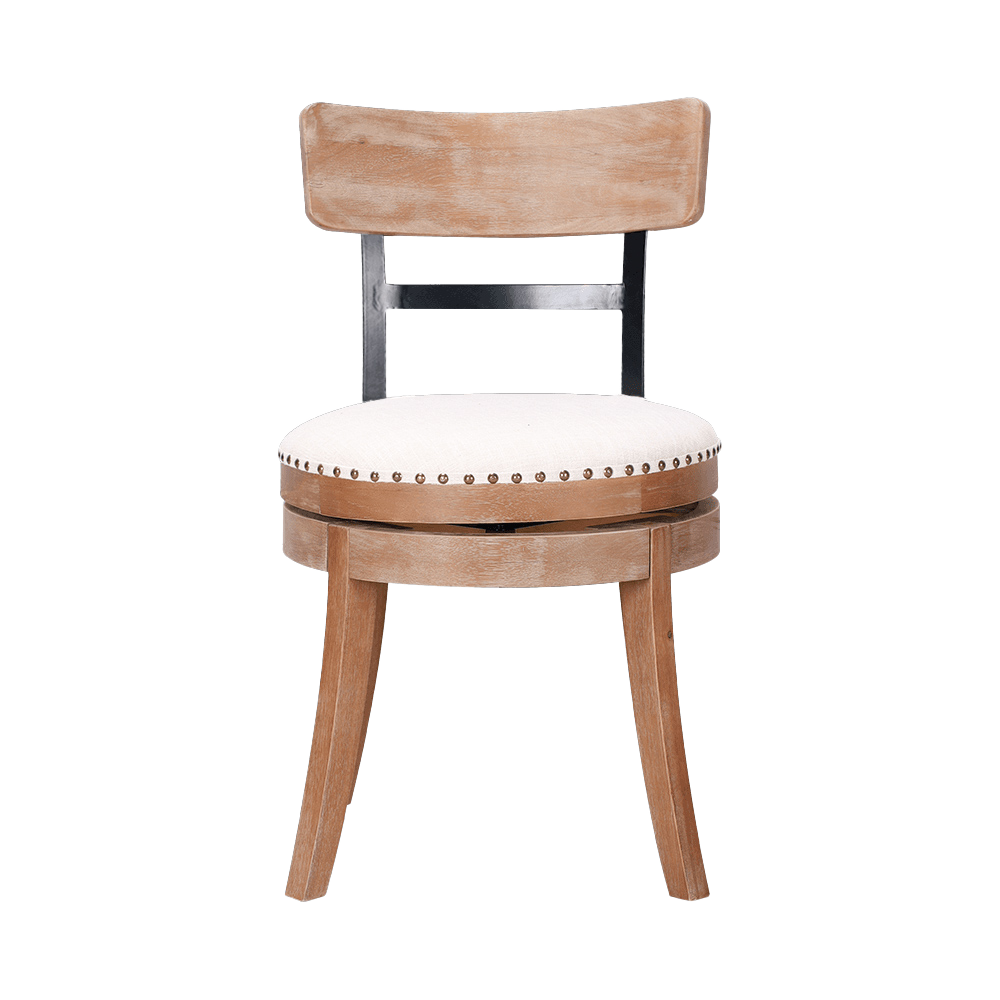
So, why might this extra weight be considered a benefit?
One major advantage is stability. Heavier chairs are less likely to tip over when someone leans back, shifts their weight, or bumps into them. This makes solid wood dining chairs especially suitable for households with children, elderly individuals, or guests with mobility issues, as they offer a more secure and grounded seating experience.
Additionally, the weight of solid wood contributes to a chair’s durability and longevity. These chairs are often passed down for generations and can withstand daily use for decades. The density of solid wood resists dents, chips, and wear far better than lower-grade materials, making it ideal for furniture that will see frequent use, such as in a kitchen or dining room. A heavier chair also signals to many buyers a level of craftsmanship and quality—you can often feel the difference when you lift or sit in it.
Another benefit is that solid wood furniture is more amenable to refinishing and repair. A scratch or gouge in a solid wood dining chair can be sanded down and refinished, while damage to veneer or particleboard might be irreversible. This means solid wood furniture is more sustainable in the long term—not just because it lasts longer, but because it can be restored and maintained rather than discarded and replaced.
The weight of a solid wood dining chair also has an aesthetic and sensory appeal. It tends to sit more firmly on the floor, reducing the chance of shifting or wobbling during use. When you pull out a heavier chair, it feels more substantial and rooted, lending a certain heft and presence to the room. This perception of quality can subtly elevate the overall atmosphere of a dining space.
Of course, the added weight of solid wood can present some drawbacks. Heavier chairs may be more difficult to move, especially for individuals with physical limitations. For those who frequently rearrange furniture or entertain large groups, lightweight alternatives may seem more practical. However, many people find that the trade-off is worthwhile, especially given the comfort, appearance, and lifespan advantages.
Solid wood dining chairs are heavier because they are made from dense, natural materials that have not been broken down or engineered. This heaviness translates into real-world benefits: improved stability, enhanced durability, long-term value, and a stronger impression of quality. While not ideal for every situation, solid wood chairs remain a preferred choice for those who prioritize longevity, strength, and timeless aesthetic in their home furnishings.




 中文简体
中文简体 English
English